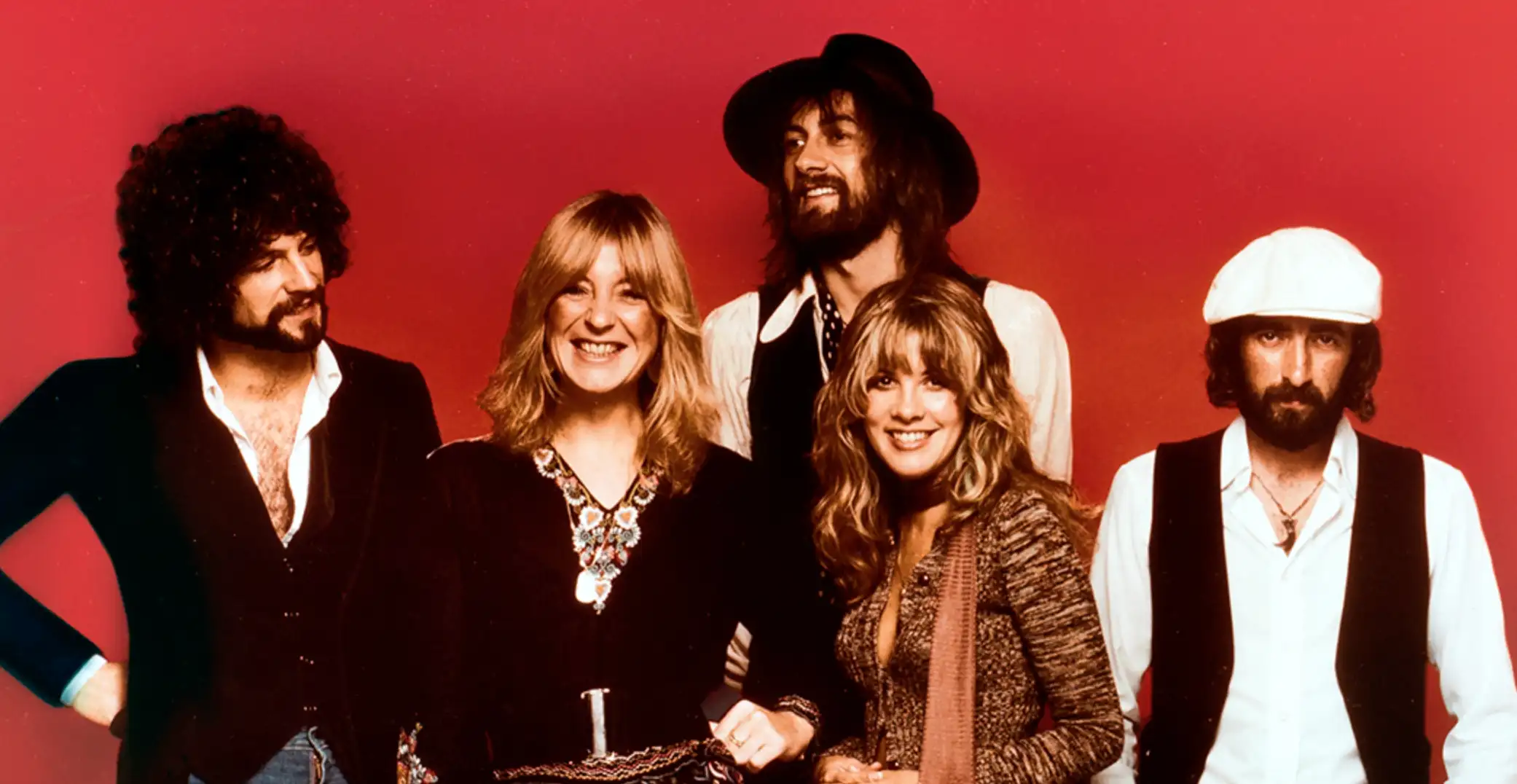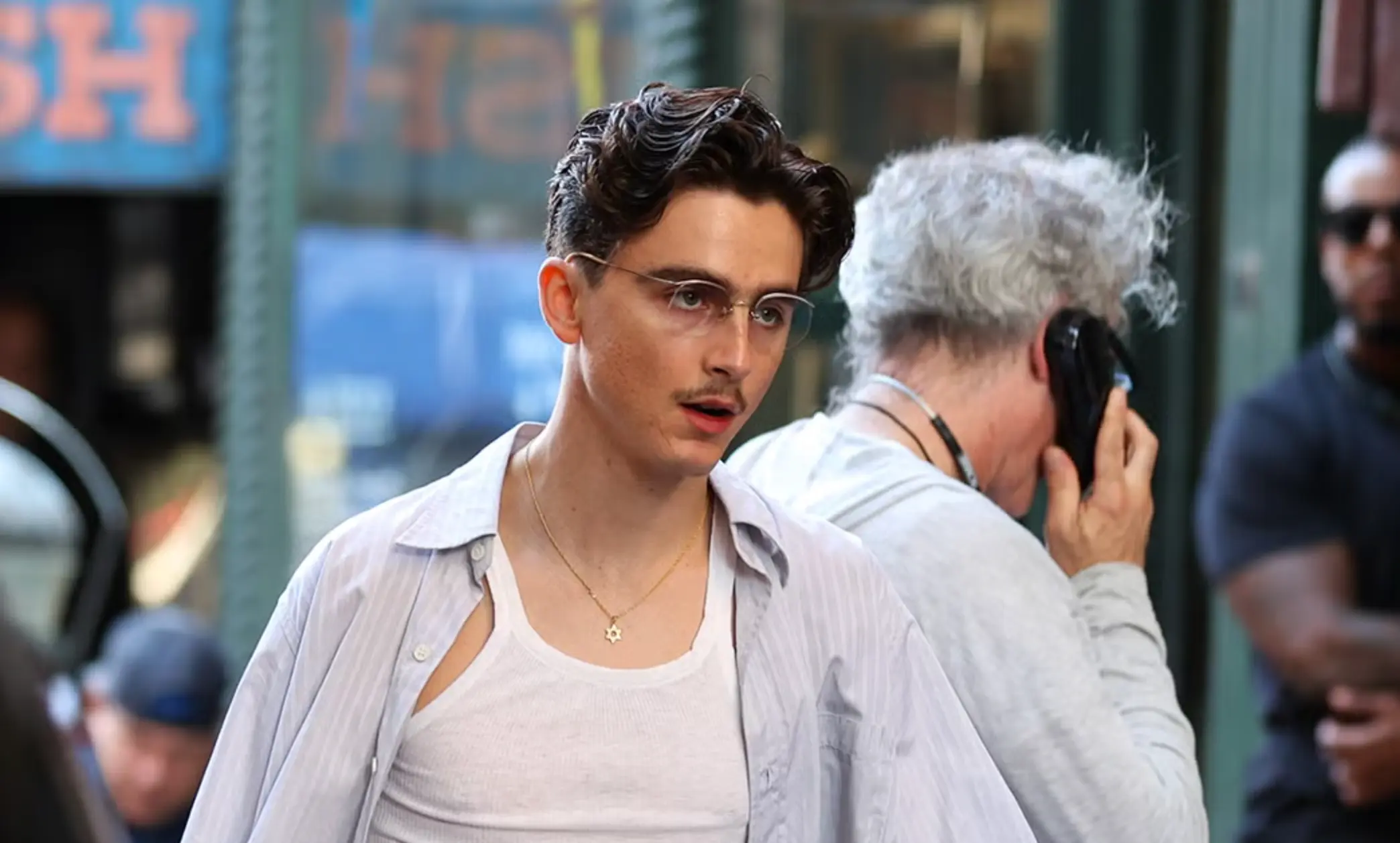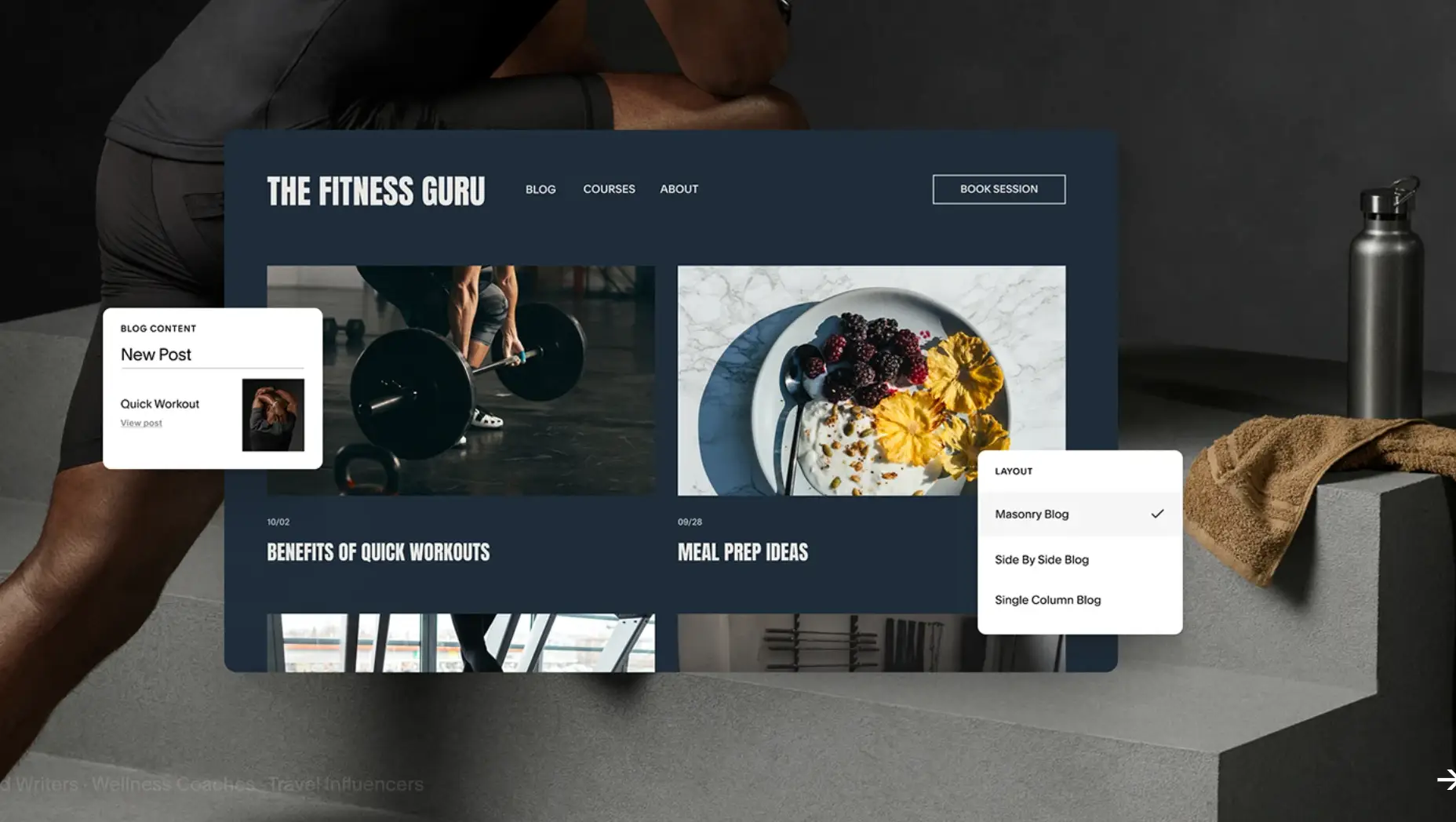The Greatest Brand Reinventions of All Time: Rebrands That Put Them on the Map
Updated on
Published on
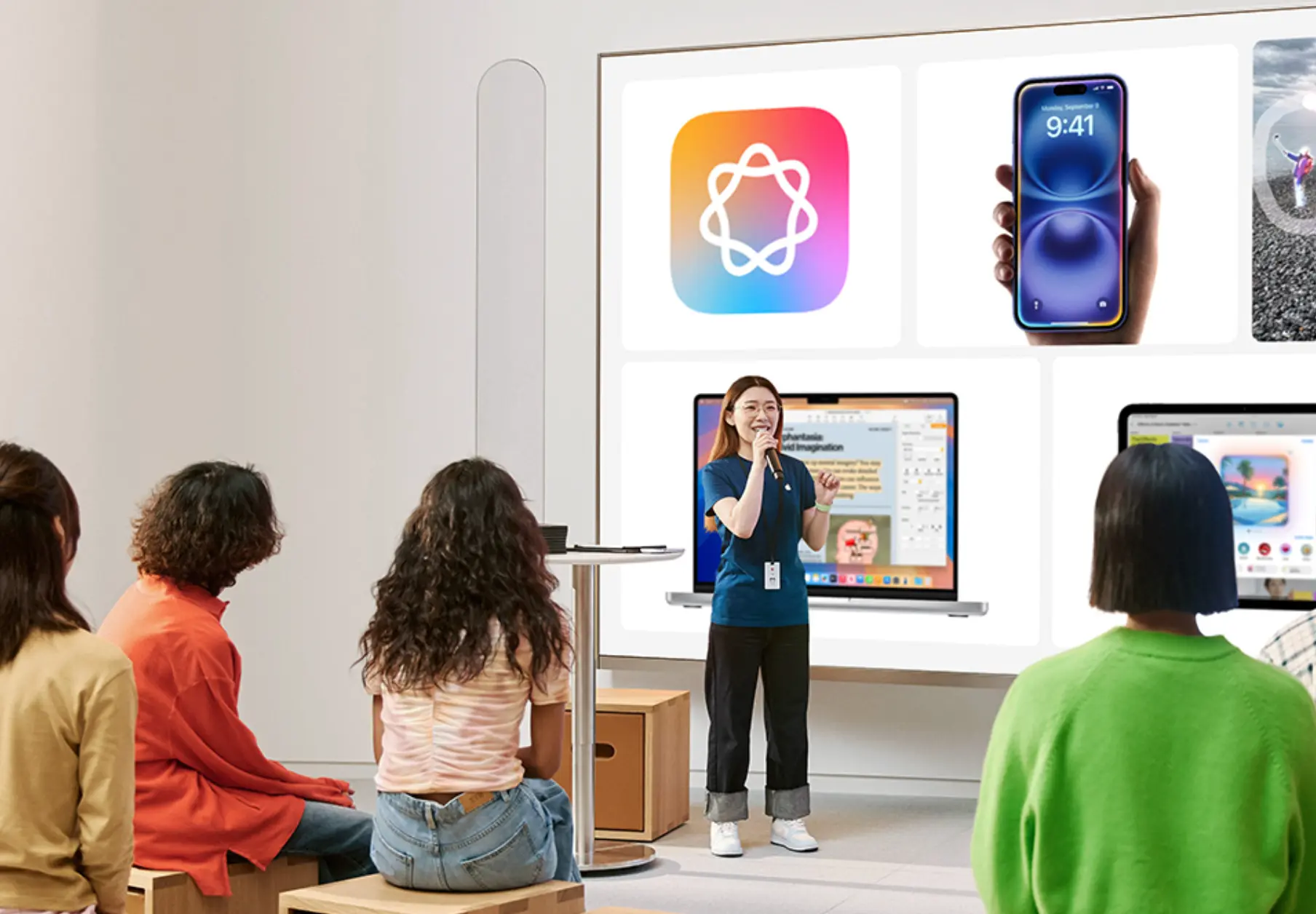
Logos don’t save companies—reinventions do. The greatest brand reinventions of all time combine a bold strategic reset, a refreshed brand identity, and tangible product or experience changes customers can feel. What follows goes beyond “new look” headlines to show how the best brand reinventions rewired business models, retail, media, and culture—defining the playbook for brands that rebranded successfully and then kept delivering.
At a glance — rebrand impact by brand
- Apple: Focused the lineup, made design the product, and turned stores + iPhone into a lifestyle flywheel—putting Apple back on top.
- Burberry: Reined in licensing, made the trench its hero, and used modern digital to recode heritage for a new generation.
- Old Spice: Updated scents/packaging and rewired tone with viral, participatory humor—taking the brand from dated to memeable.
- LEGO: Cut distractions, centered the brick, and co-created with fans/IP—restoring growth across generations.
- Netflix: Pivoted from DVDs to streaming, then to originals—identity became the habit: click, watch, repeat.
- Microsoft: Shifted from Windows-only to cloud-first and developer-friendly—voice, product, and partnerships aligned.
- IBM: Exited most hardware and sold outcomes (services/AI) under a timeless identity—trust carried the transformation.
- McDonald’s: Matched “I’m Lovin’ It” with kitchen, menu, and digital upgrades—making coffee and convenience daily rituals.
- Marvel: Built a shared cinematic universe—continuity and anticipation turned releases into cultural events.
- Domino’s: Admitted flaws, fixed the recipe, and led with tech—sincerity + UX made ordering (and the pizza) a reason to return.
- Dunkin’: Trimmed the name and modernized stores—keeping the fun identity while shifting to beverage-led growth.
- Airbnb: “Belong Anywhere” + the Bélo unified hosts/guests—policy and design scaled the platform from rooms to community.
1. Apple — design-first comeback (1997 →)
When Steve Jobs returned in 1997, Apple collapsed a tangled product matrix into a simple 2×2 grid and introduced an identity and attitude that customers could instantly recognize. The “Think Different” black and white billboard campaign reframed Apple as a creative ally, while the iMac G3’s translucent color and friendly shape made design the front door to the brand. That aesthetic coherence carried into the iPod+iTunes flywheel and later iPhone—hardware, software, and retail speaking one visual language. The change put Apple on the map as the tech brand people wanted to be seen with—an identity you could spot from six feet away and a product experience that justified the price. (Forbes)
What changed: portfolio focus, retail theater, and a minimalist visual system tied to intuitive products.
Why it mattered: Apple shifted from “another PC maker” to a culture-shaping platform.
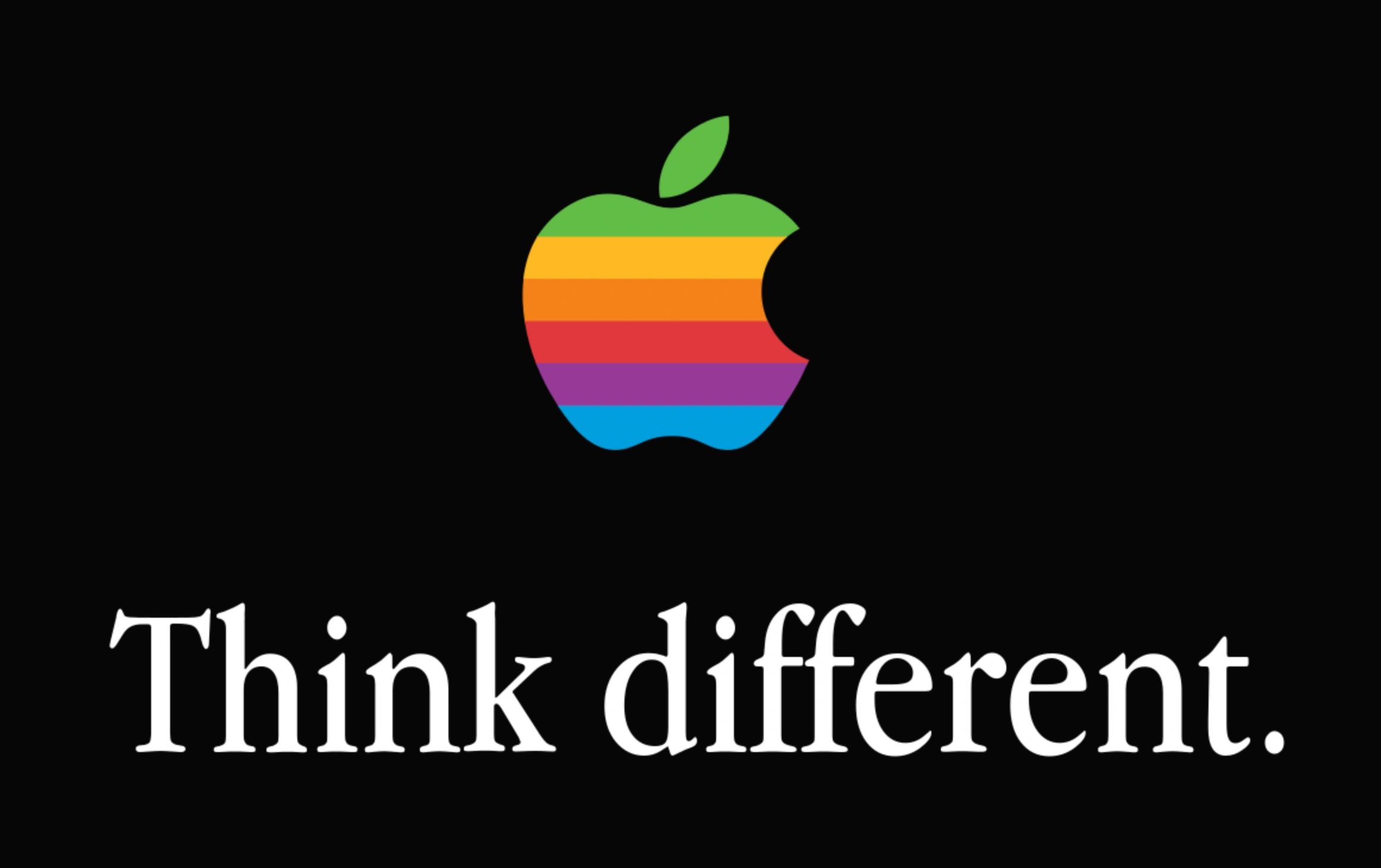
2. Burberry — heritage recoded, distribution tamed (late ’90s →)
Burberry’s check had become shorthand for over-licensing. The reinvention clawed back control: fewer licenses, tighter distribution, and trench-first storytelling that honored British craft. Under Christopher Bailey, the runway and retail experience aligned with a modernized wordmark and disciplined check use, while early digital moves (live-streams, social-first shoots) made luxury feel contemporary and accessible. Burberry didn’t discard the past; it edited it, turning heritage into an asset customers could rediscover with pride. (Business of Fashion profile)
What changed: license sprawl → product discipline; “classic” → modern British identity.
Why it mattered: pricing power and cultural cachet returned without alienating loyalists.
3. Old Spice — from dad’s cologne to internet-native humor (2010 →)
Old Spice upgraded formulas and packaging, then detonated perception with “The Man Your Man Could Smell Like.” The spot’s tone—absurdist, self-aware—fit perfectly with YouTube-era sharing, and rapid-response videos turned viewers into participants. That interactivity was the real reinvention: Old Spice behaved like a nimble creator brand long before “creator economy” was a term, while in-store scent and shelf presence closed the loop. It moved Old Spice from dated aisle filler to pop-culture shorthand. (Old Spice)
What changed: monologue ads → conversational culture; “old” scent → refreshed range.
Why it mattered: shareable tone plus improved product sustained multi-year gains.
4. LEGO — back to the brick, fan co-creation, smarter IP (2004 →)
LEGO’s early-2000s sprawl nearly broke the company. The fix was radical: return to the brick as a system, invite adults into development, and choose licenses that felt native to building (Star Wars, Harry Potter). The visual identity stayed bright and precise, matching a brand story about creativity through modularity. Community collaboration and classroom credibility (education/robotics) created new entry points without diluting the core. (MarketWatch)
What changed: scattered ventures → brick-first strategy; passive buyers → co-creators.
Why it mattered: revenue resilience across generations and economic cycles.
5. Netflix — mail → stream → studio (2007–2013 →)
Netflix reinvented twice in six years. First, it swapped red envelopes for streaming, anchoring a simple red “N,” black UI, and frictionless playback that made the brand equal to the behavior: click, watch, repeat. Then it became a studio—“Only on Netflix”—using data to greenlight originals that kept viewers inside the ecosystem. The identity didn’t just sit on the product; it was the product. Netflix changed the map from “movie nights” to an always-on habit.
What changed: distributor → destination; catalog → cultural slate.
Why it mattered: the “N” became a network logo and a retention engine.
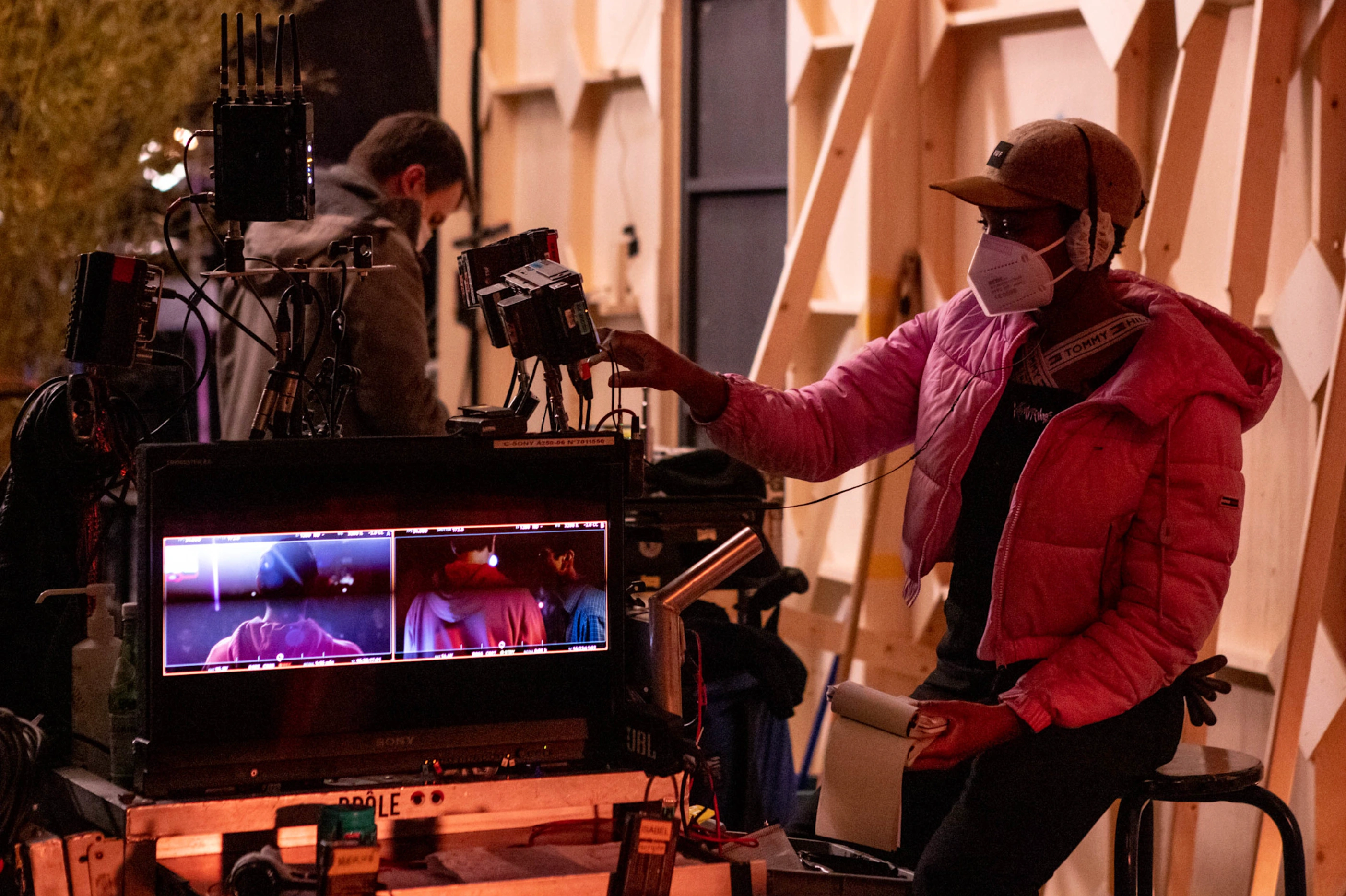
6. Microsoft — the Nadella reset (2014 →)
Satya Nadella’s Microsoft flipped posture: cloud-first, cross-platform, and partner-friendly. Office on iOS/Android, GitHub, VS Code, and a developer-positive stance replaced a Windows-only mindset, while Fluent design modernized interfaces. The brand voice softened—human, helpful—and the mission (“empower every person and every organization…”) finally matched the business model. This was brand reinvention by behavior: openness as strategy, not slogan. (Microsoft Blog)
What changed: closed ecosystem → pragmatic openness; licensing story → consumption cloud.
Why it mattered: regained developer trust and enterprise growth momentum.
7. IBM — boxes to brains, a century-old identity carrying new stories (1993 →)
IBM exited most hardware, built consulting and services, and reframed around client outcomes (later AI/analytics). The Paul Rand stripes—a masterclass in durable brand identity—made every shift legible, from “e-business” to “Smarter Planet” to cognitive computing. The reinvention taught an old brand new tricks without losing trust. (IBM History)
What changed: product spec selling → solution outcomes; hardware pride → hybrid intelligence.
Why it mattered: clients bought transformation, not boxes.
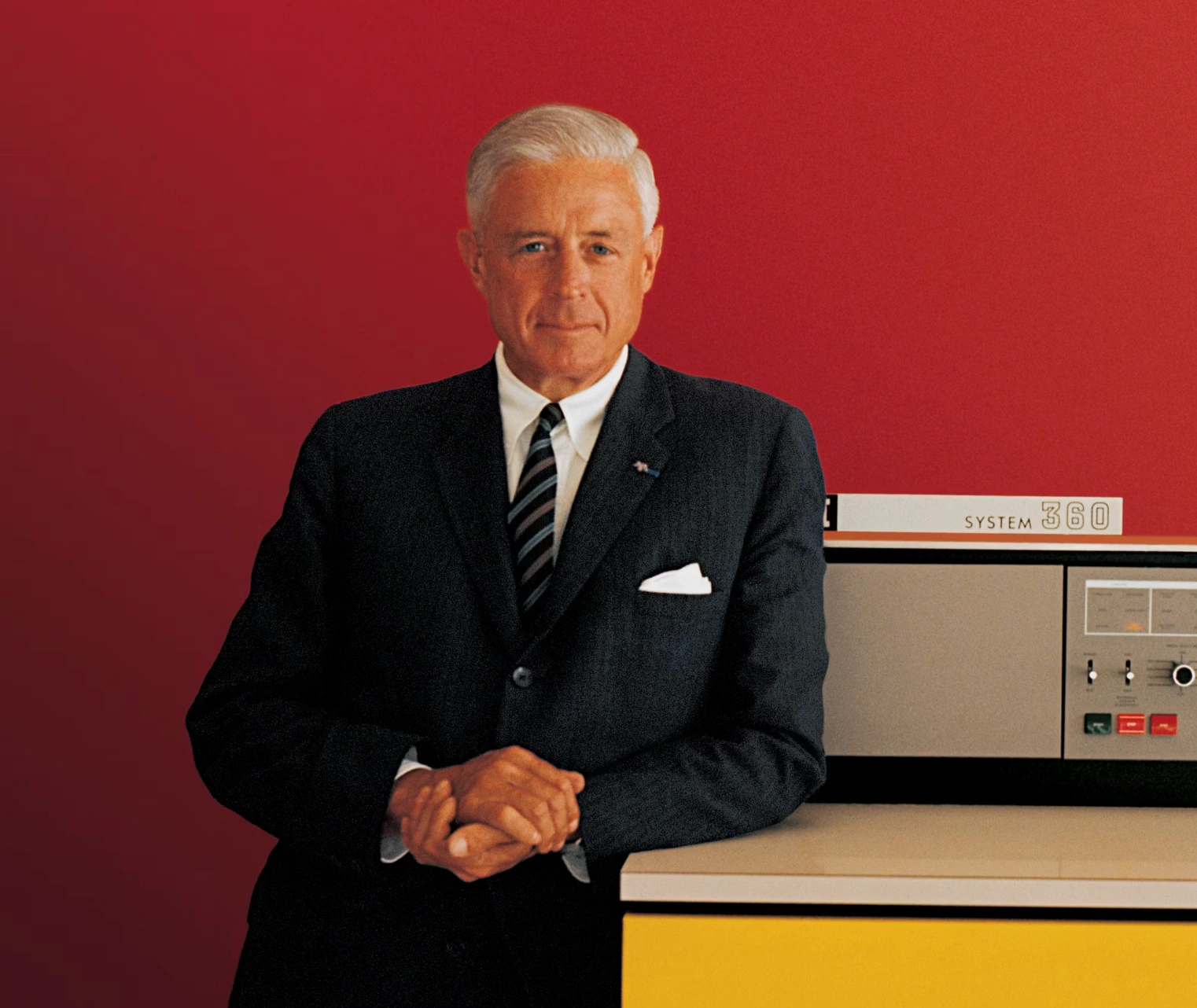
8. McDonald’s — “I’m Lovin’ It,” operations, and everyday rituals (2003 →)
Beyond a catchy jingle, McDonald’s modernized kitchens, redesigned stores, expanded McCafé, and leaned into digital ordering—turning convenience into a brand promise. “I’m Lovin’ It” gave local markets a flexible global banner while the interior palette and packaging signaled freshness and speed. It put McDonald’s back on the map as a daily habit, not just a highway stop. (McDonald’s) To learn more about the jingle and its iconic impact, read our deep dive!
What changed: value talk → quality and convenience proof; static stores → bright, digital-ready spaces.
Why it mattered: frequency rose as coffee/breakfast became new dayparts.
9. Marvel — bankruptcy to billion-dollar universe via continuity (2008 →)
Marvel stopped renting its future and financed its own films. With Kevin Feige’s roadmap, the MCU linked stories across titles, teaching fans to expect post-credit teases and long arcs. The red Marvel card became a seal of canonical connection—brand as continuity. It didn’t just put characters on the map; it put the map in the brand. (Vanity Fair)
What changed: licensing snippets → owned universe; hit-chasing → planned saga.
Why it mattered: reliable anticipation turned releases into cultural events.
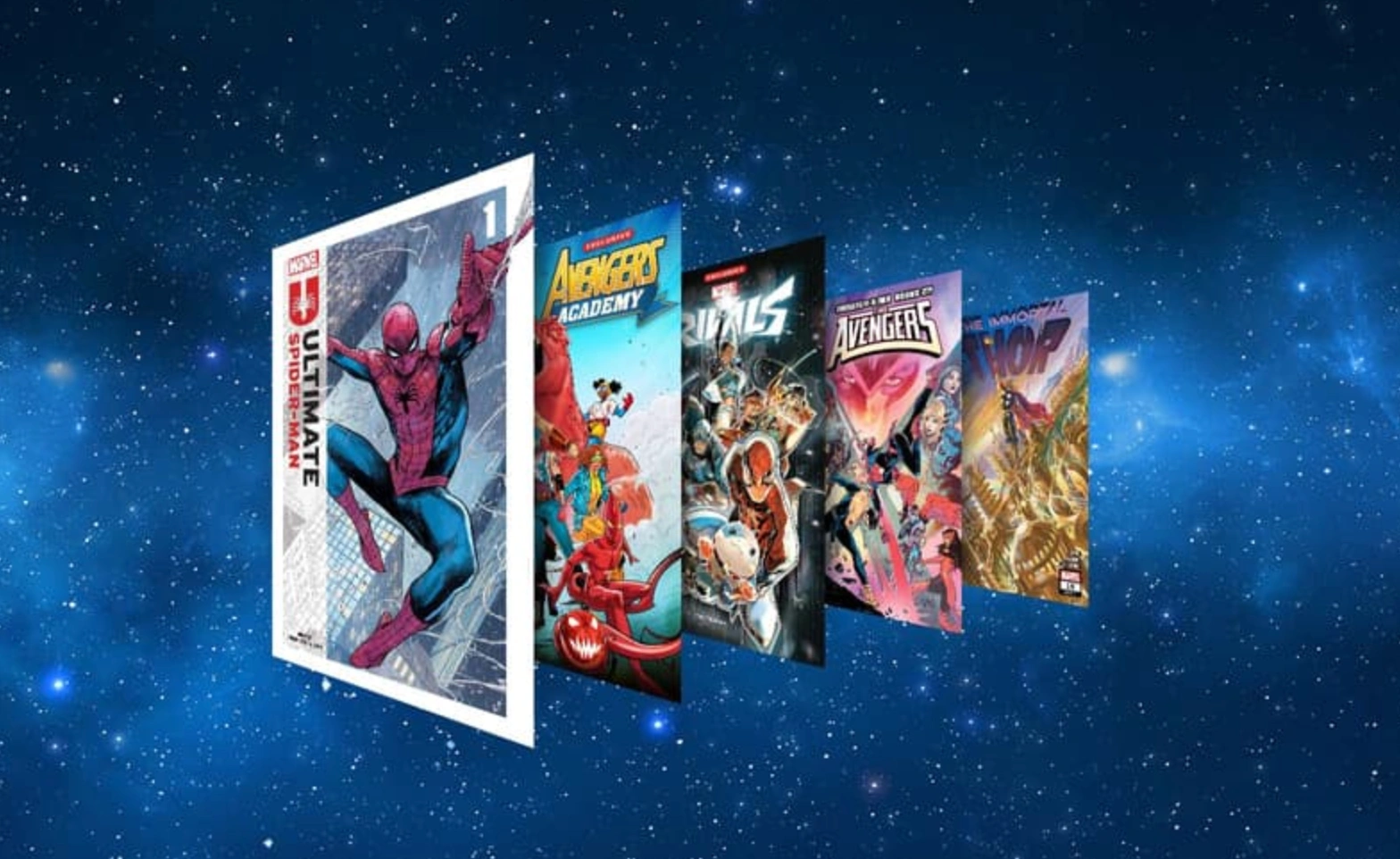
10. Domino’s — “We did it wrong,” then fixed it (2009 →)
Domino’s admitted its pizza disappointed, rebuilt the recipe, and documented the change in the “Pizza Turnaround.” Then it made ordering a delight—Tracker, AnyWare, a top-tier app—so the experience matched the new promise. The straight-talk tone and simplified visuals made the humility believable. Domino’s didn’t just redesign ads; it redesigned the product and the path to it. (Pizza Turnaround)
What changed: PR spin → public repair; phone lines → playful, omnichannel ordering.
Why it mattered: sincerity + UX created lasting comp growth.
11. Dunkin’ — trimming the name, widening the day (2018 →)
Dropping “Donuts” told customers the future was beverage-led while keeping the beloved orange/pink wordmark. Mobile ordering, drive-thru design, and modular interiors turned speed into a consistent experience. Dunkin’ showed how brands that rebranded successfully evolve a name without losing soul. (Dunkin’)
What changed: pastry-first image → beverage/snacking platform; dated stores → bright, quick, app-friendly.
Why it mattered: new occasions (midday, afternoon) increased trips.
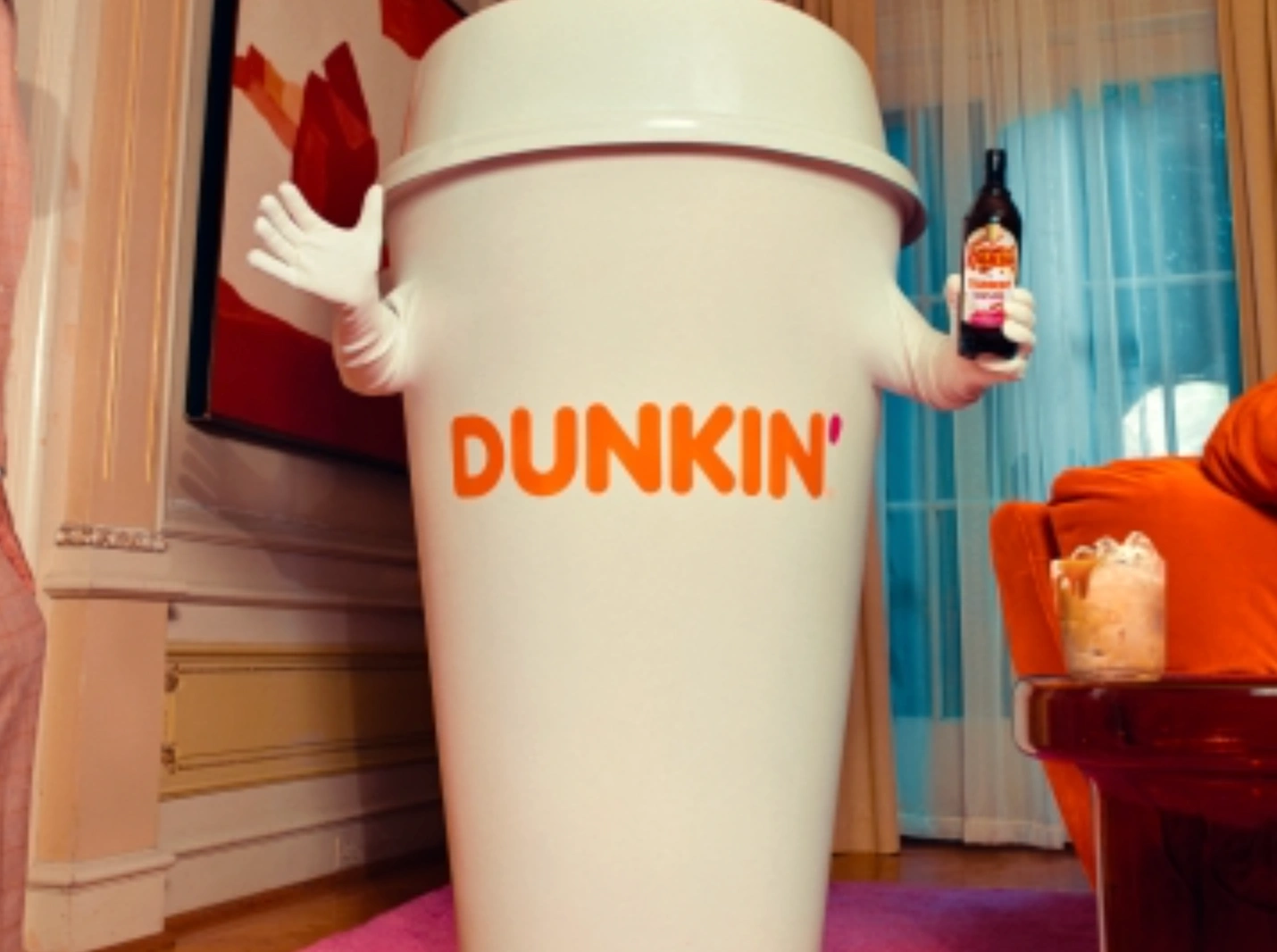
12. Airbnb — “Belong Anywhere” and the Bélo (2014 →)
Airbnb moved from spare rooms to a connection platform. The Bélo mark and “Belong Anywhere” narrative unified hosts and guests; standards (Superhost), insurance, and Experiences matured trust. Crucially, the visual system made every listing feel part of a single ecosystem—brand clarity meeting product reality. (Airbnb About Us)
What changed: lodging aggregator → community of belonging; logo → universal symbol.
Why it mattered: a bigger promise expanded supply, demand, and cultural permission.
FAQ
What makes a reinvention “great”?
A credible brand story, a visible brand identity shift, and product/experience changes customers feel—executed together.
Are these just logo changes?
No. The best brand reinventions marry identity with strategy, operations, and offerings.
Which brands rebranded successfully without alienating fans?
Dunkin’ and Burberry evolved while honoring recognizable assets (color, check, tone).
Which hinged on a business-model pivot?
Netflix (studio), Microsoft (cloud), IBM (services/AI) changed what they sold—not only how they looked.
Which depended on voice and tone?
Old Spice proved a tone reset can work—when the product also improves.
Reinvention that changes behavior
Across these cases, reinvention wasn’t cosmetic. Each brand aligned promise, identity, and delivery, so the new story showed up in the hand, on the screen, and in the store. That’s why these entries rank among the greatest brand reinventions of all time: they didn’t just look new—they made customers act differently, turning fresh narratives into durable market power.

